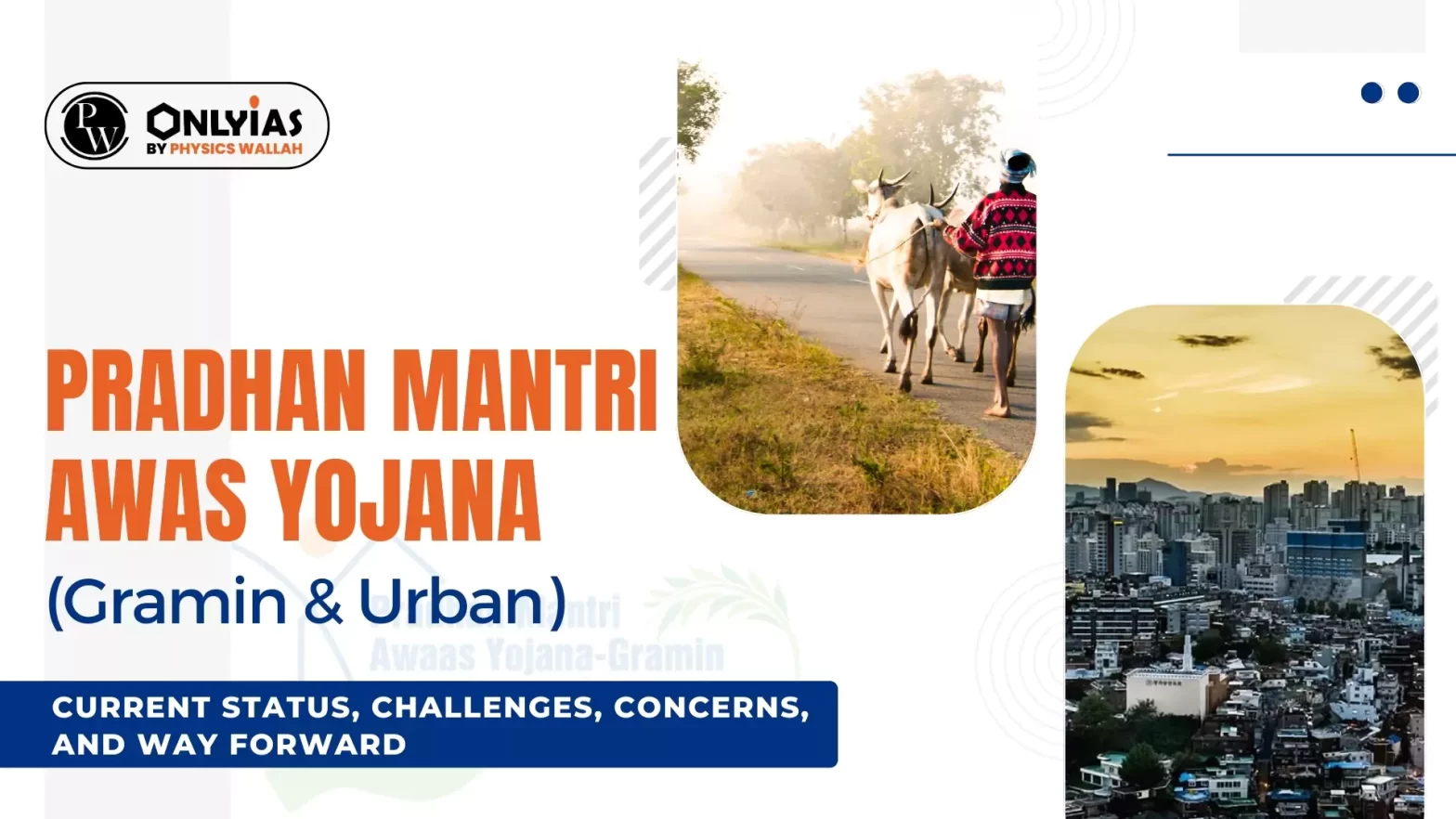![]() 22 Feb 2024
22 Feb 2024

This editorial is based on the news “Beyond shelter, dweller needs within the four walls” which was published in the Hindu.
| Relevancy for Prelims: Interim Budget 2024-2025, Housing For All Scheme, Smart Cities Mission (SCM), and PM Surya Ghar Yojana.
Relevancy for Mains: Pradhan Mantri Awas Yojana Gramin & Urban: Current Status, Challenges, Concerns, and Way Forward. |
|---|
| Must Read | |
| NCERT Notes For UPSC | UPSC Daily Current Affairs |
| UPSC Blogs | UPSC Daily Editorials |
| Daily Current Affairs Quiz | Daily Main Answer Writing |
| UPSC Mains Previous Year Papers | UPSC Test Series 2024 |

<div class="new-fform">
</div>